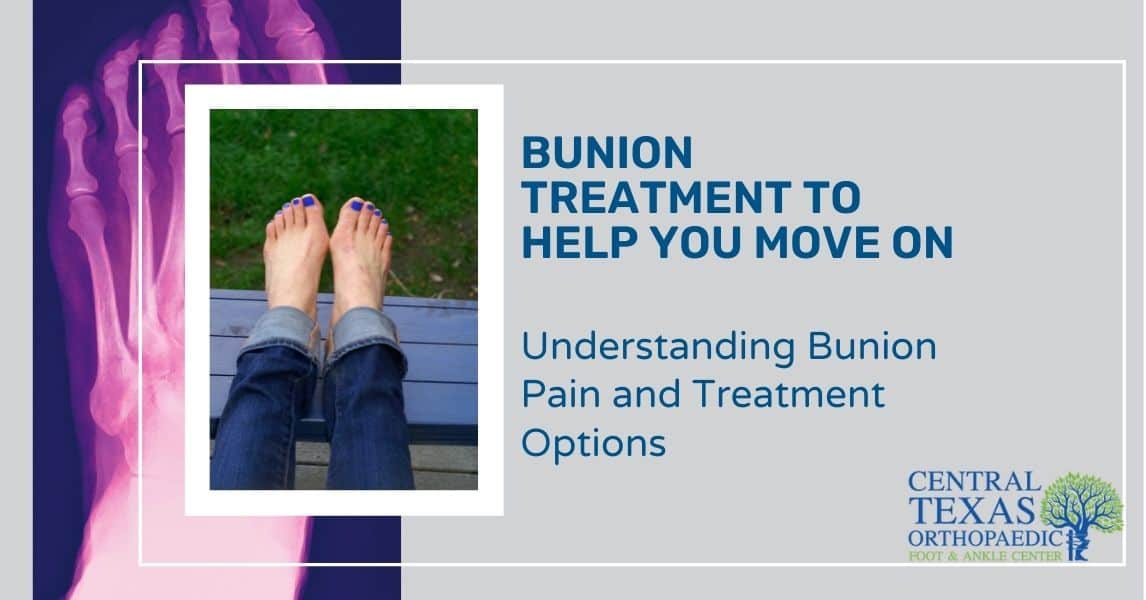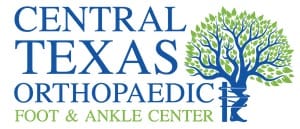Bunions

Bunions, the bony protrusions at the base of your big toe, are painful and can make you self-conscious about your feet. They affect people of all ages and are more common among women. The result of genetics, ill-fitting shoes, certain occupations, or other health conditions, bunions develop slowly over a few years. If conservative non-surgical interventions don’t aid with discomfort, bunion surgery may be your only recourse.
Bunion Treatment
Also known as Hallux Valgus, bunions cause your big toe to point towards the other toes of the same foot. They can progress from mild to moderate and then severe deformity.
Treatment for Mild Bunions
These non-surgical treatment options can’t realign the joint. But they can alleviate pain, relieve pressure, and assist with the burning sensation you sometimes experience. If surgery is off the table for you, these conservative measures can improve your quality of life.
- Soak your feet in warm water to soothe irritation.
- Buy bunion pads from a drugstore for your shoes.
- Wear wide shoes and avoid high heels.
- Use a spacer between your big toe and second toe.
- Ice the bunion for about five minutes a few times a day to reduce swelling.
- Visit an orthopaedic doctor who can recommend relevant options such as night-time splints, taping, orthotics, massage, and ultrasound therapy.
- Take painkillers approved by a healthcare professional. Your orthopaedic doctor might prescribe acetaminophen, anti-inflammatories, or occasional cortisone injections.
Treatment for Severe Bunions
In cases of severe pain or deformity, your foot will require restructuring. Orthopedic surgeons can choose from over 100 procedures for bunion correction. A bunionectomy, for example, can treat a mild deformity, and an osteotomy may be used in more severe cases.
Depending on the type of procedure carried out, you may need screws, metal plates, or wires to set your toe in place. Your specialist may perform these short surgeries in an outpatient setting or a hospital, and you shouldn’t feel any pain during the operation with the help of anesthesia.
As with any surgery, there are risks involved, but your orthopedic surgeon will fully apprise you of potential complications. Recovery times vary. Initial recovery takes about six weeks, and a full recovery can take approximately four months.
Treat Foot and Ankle Pain in Waco, Texas
Bunions leave you with red, tender, and unusual-looking feet. They can affect your ability to move well and live life unencumbered. But there are various treatment options available.
With more than two decades of surgical experience under his belt, Dr. Paul Bednarz heads up Central Texas Orthopaedic Foot & Ankle Center and is well-equipped to treat your bunion with expertise and a sprinkling of faith.

